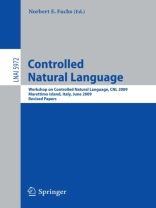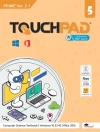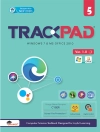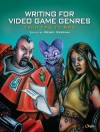Controlled natural languages (CNLs) are subsets of natural languages, obtained by – stricting the grammar and vocabulary in order to reduce or eliminate ambiguity and complexity. Traditionally, controlled languagesfall into two major types: those that – prove readability for human readers, and those that enable reliable automatic semantic analysis of the language. [. . . ] The second type of languages has a formal logical basis, i. e. they have a formal syntax and semantics, and can be mapped to an existing formal language, such as ?rst-order logic. Thus, those languages can be used as knowledge representation languages, and writing of those languages is supported by fully au- matic consistency and redundancy checks, query answering, etc. Wikipedia Variouscontrollednatural languagesof the second type have been developedby a n- ber of organizations, and have been used in many different application domains, most recently within the Semantic Web. The workshop CNL 2009 was dedicated to discussing the similarities and the d- ferences of existing controlled natural languages of the second type, possible impro- ments to these languages, relations to other knowledge representation languages, tool support, existing and future applications, and further topics of interest.
Norbert E Fuchs
Controlled Natural Language [PDF ebook]
Workshop on Controlled Natural Language, CNL 2009, Marettimo Island, Italy, June 8-10, 2009, Revised Papers
Controlled Natural Language [PDF ebook]
Workshop on Controlled Natural Language, CNL 2009, Marettimo Island, Italy, June 8-10, 2009, Revised Papers
购买此电子书可免费获赠一本!
语言 英语 ● 格式 PDF ● ISBN 9783642144189 ● 编辑 Norbert E Fuchs ● 出版者 Springer Berlin Heidelberg ● 发布时间 2010 ● 下载 3 时 ● 货币 EUR ● ID 6321423 ● 复制保护 Adobe DRM
需要具备DRM功能的电子书阅读器












